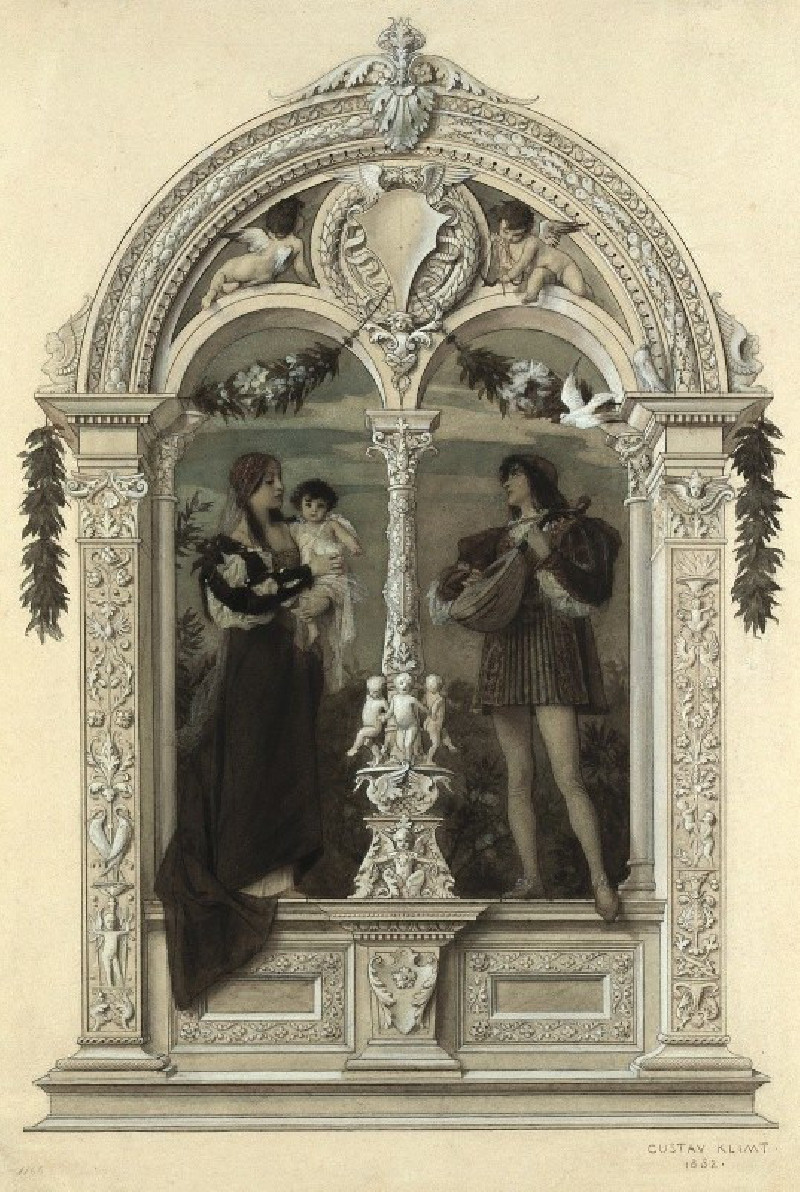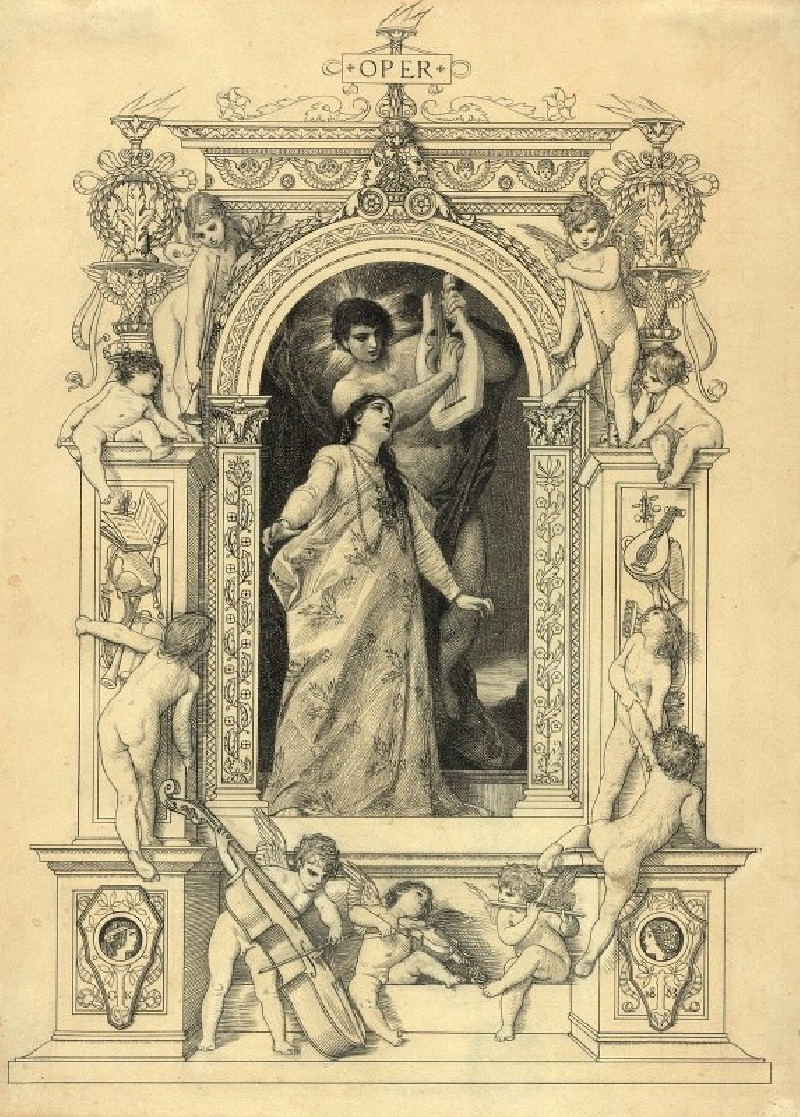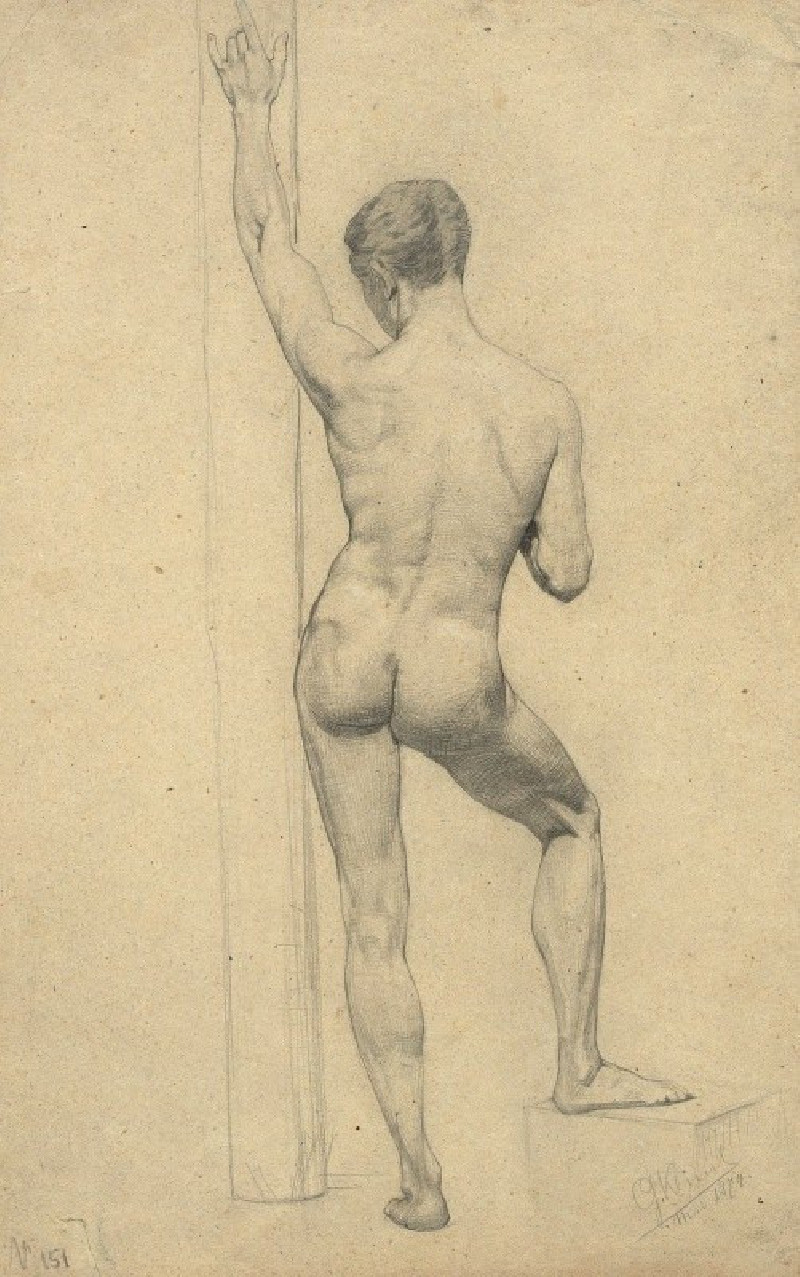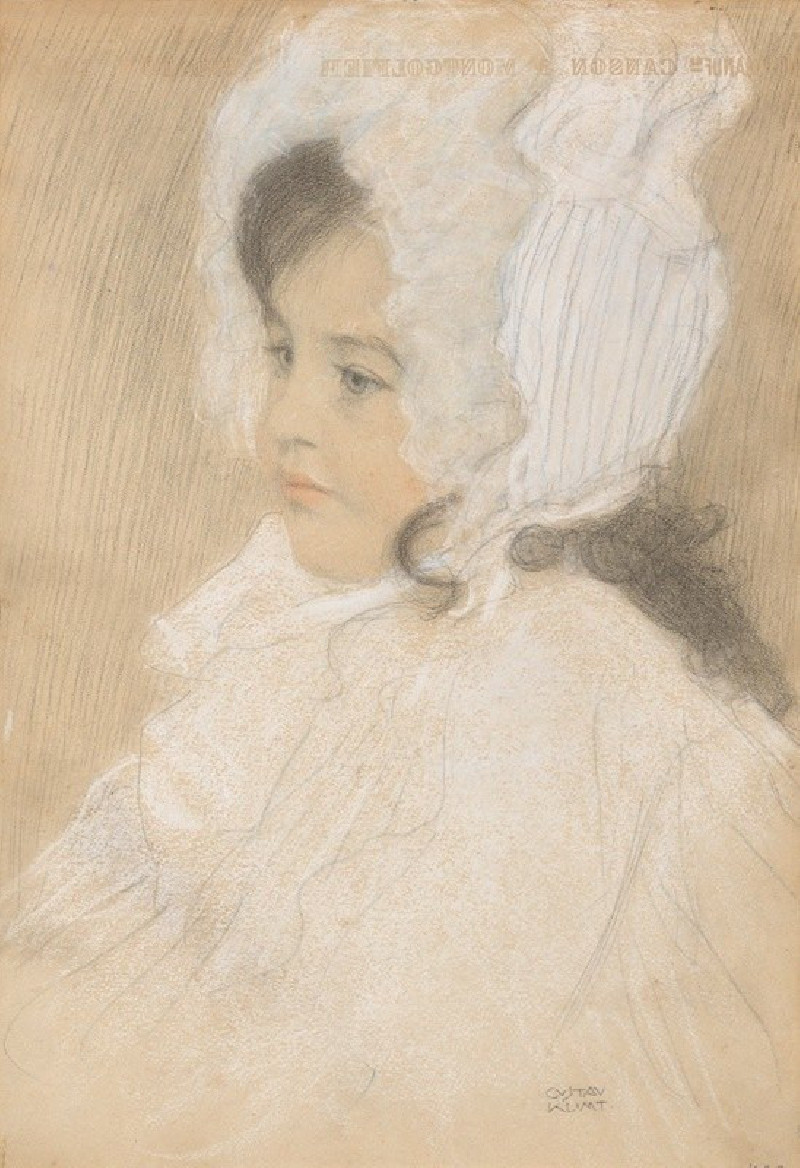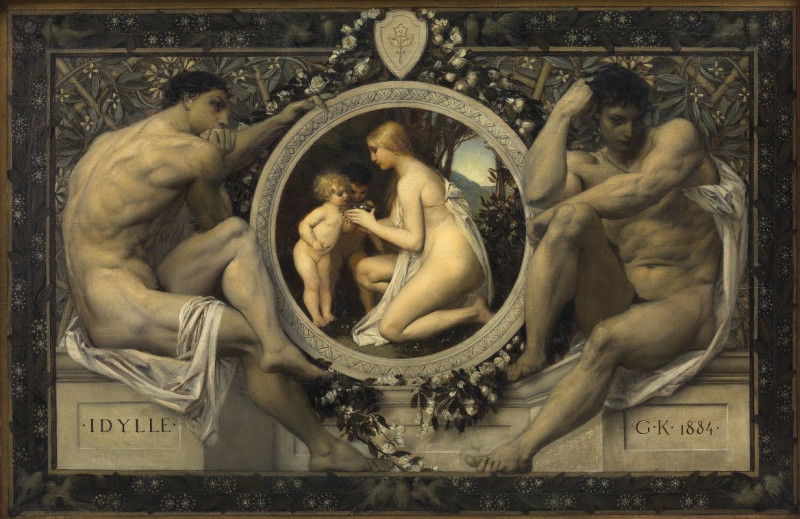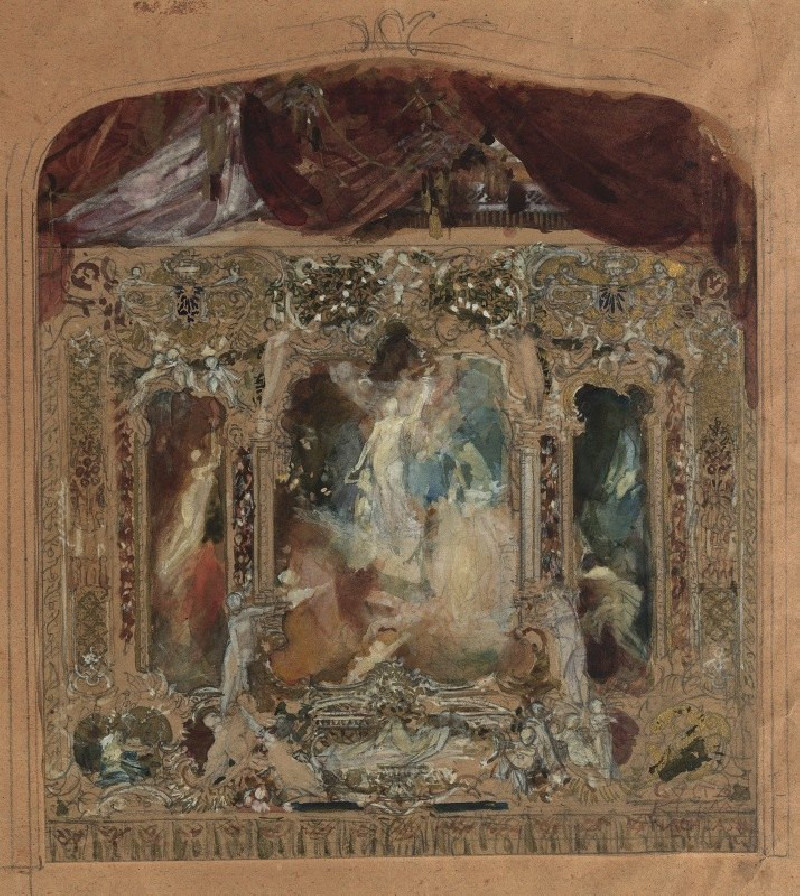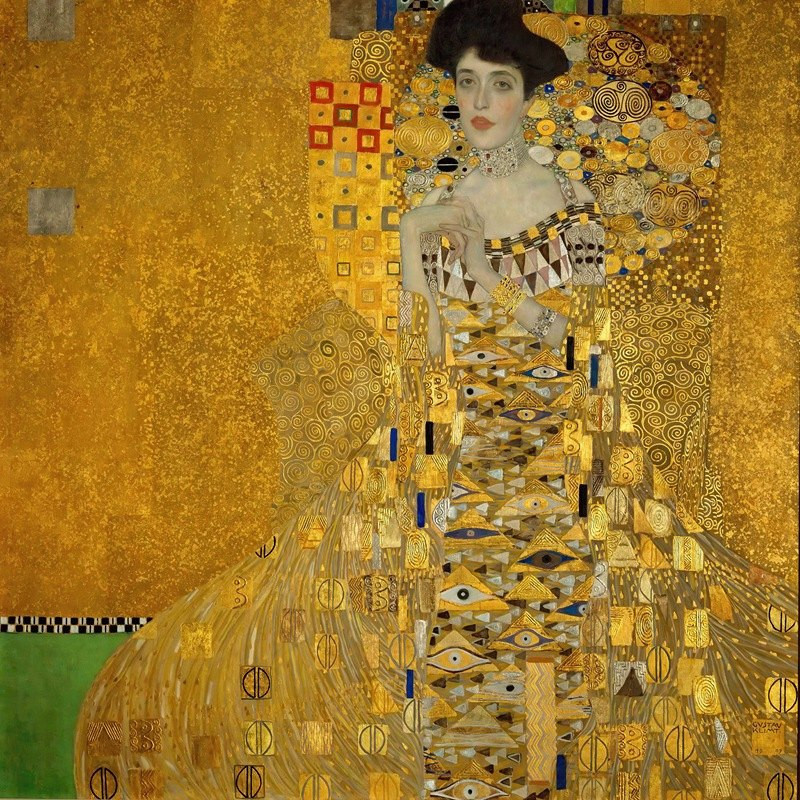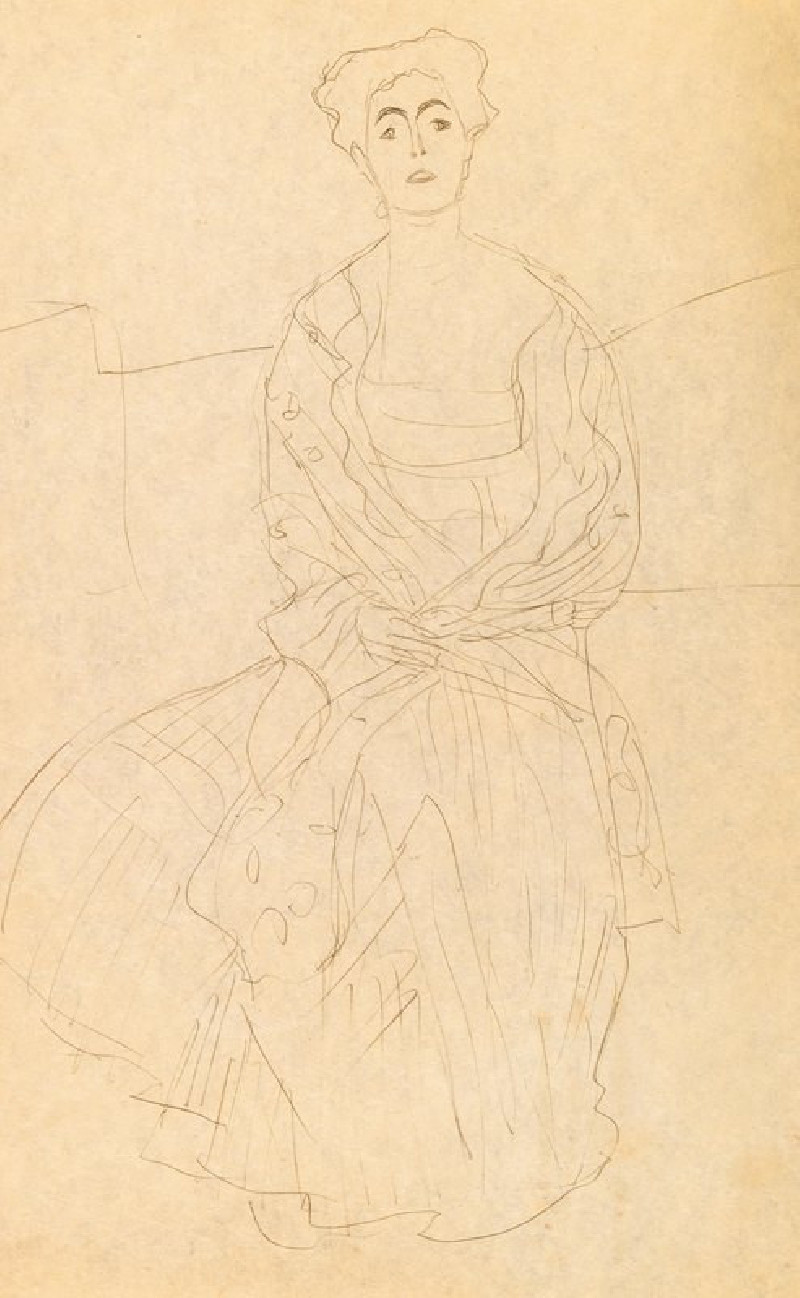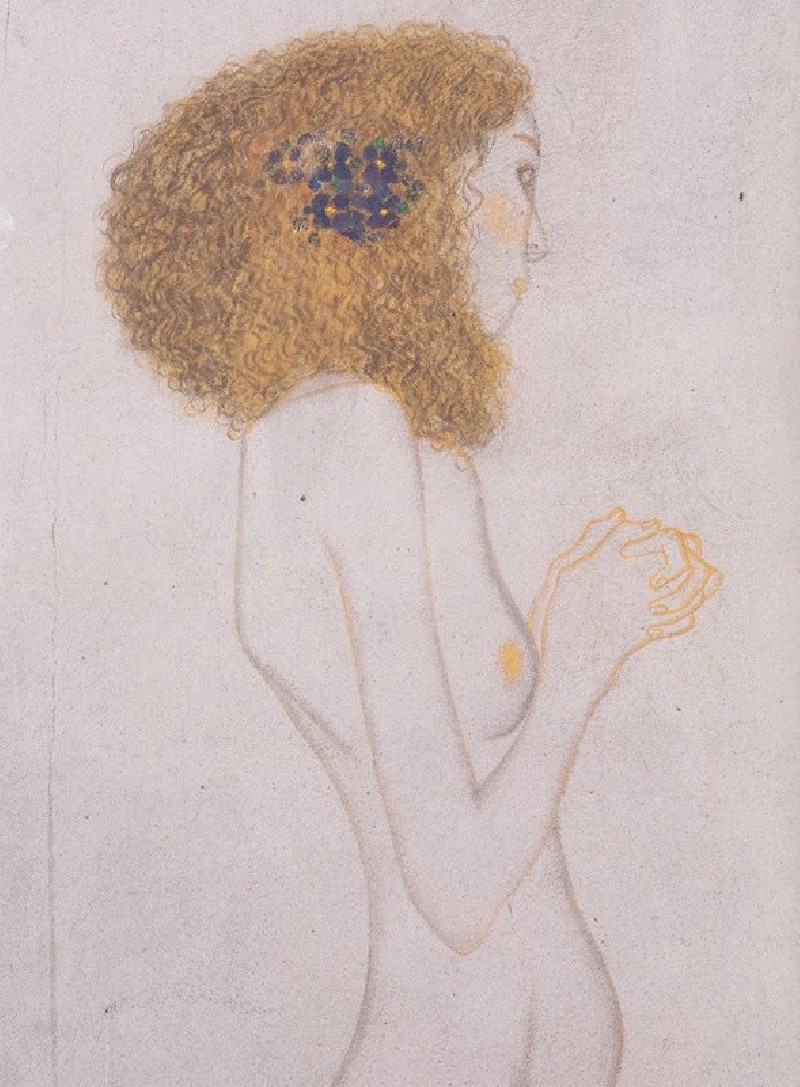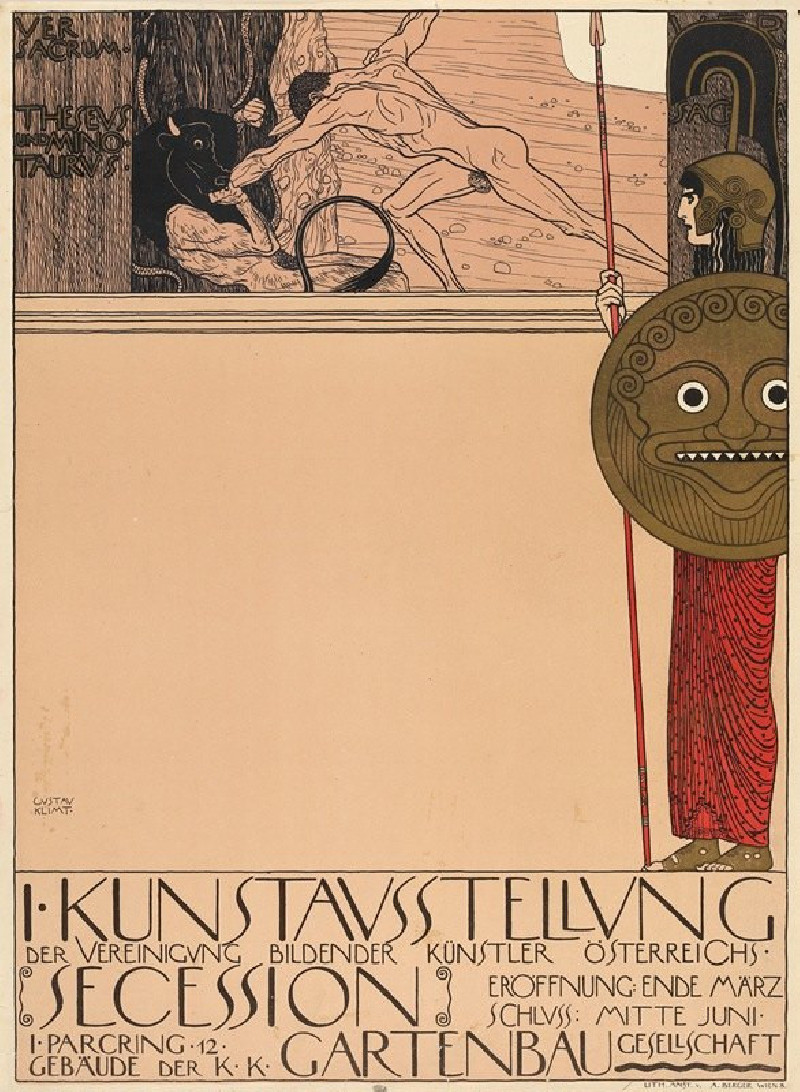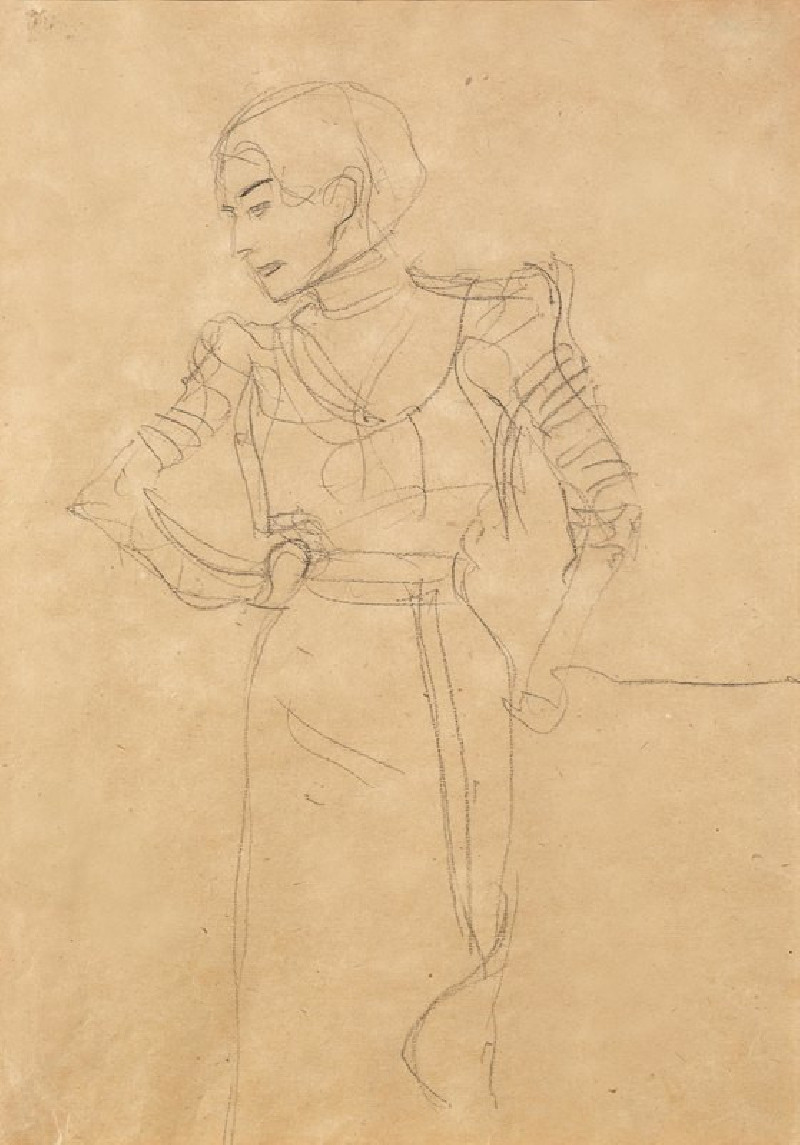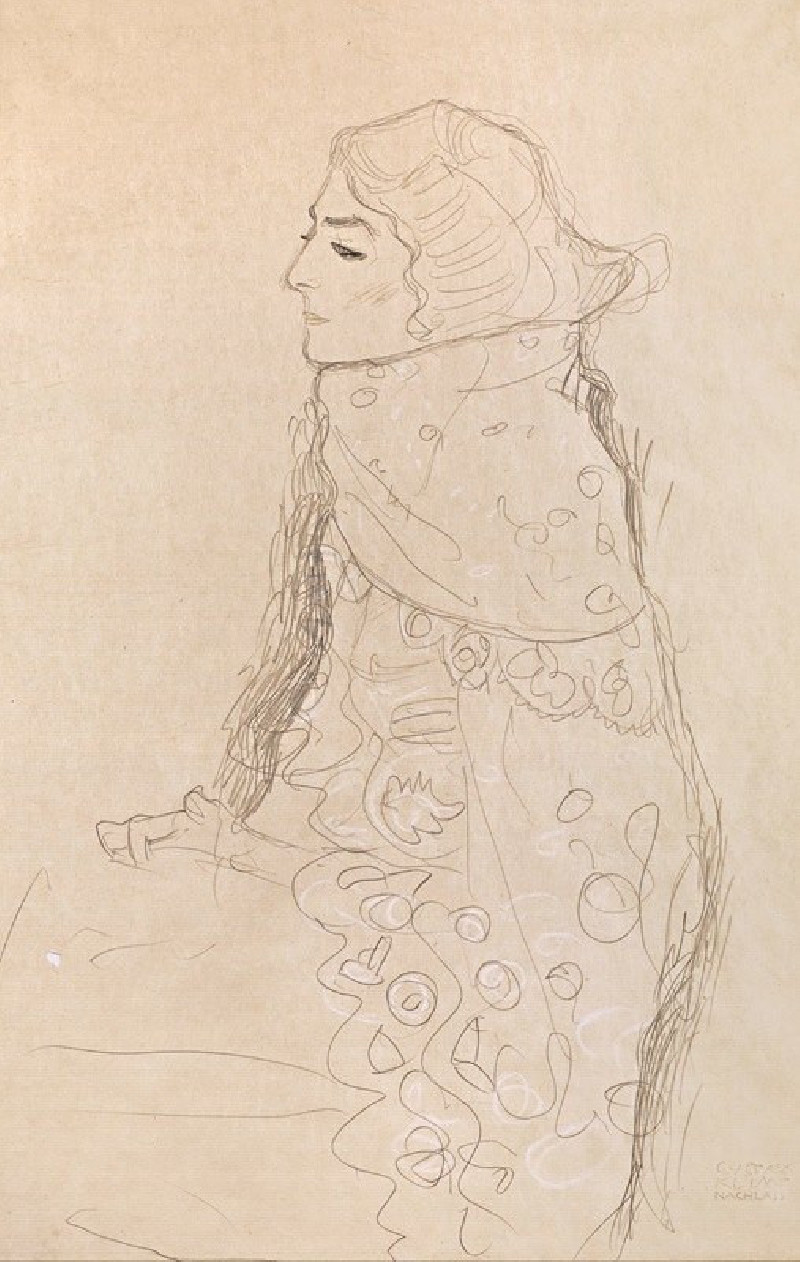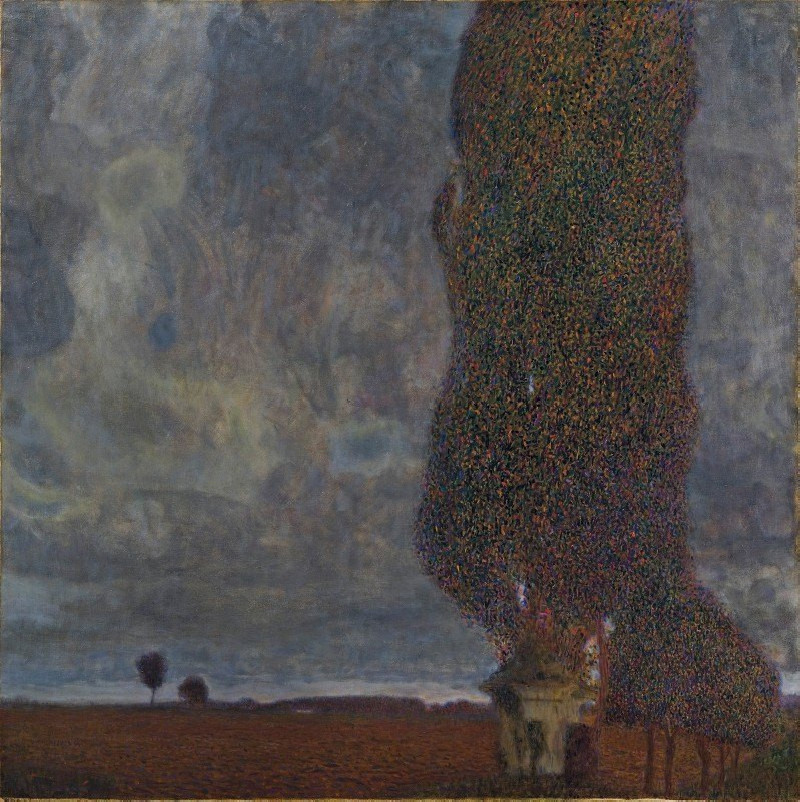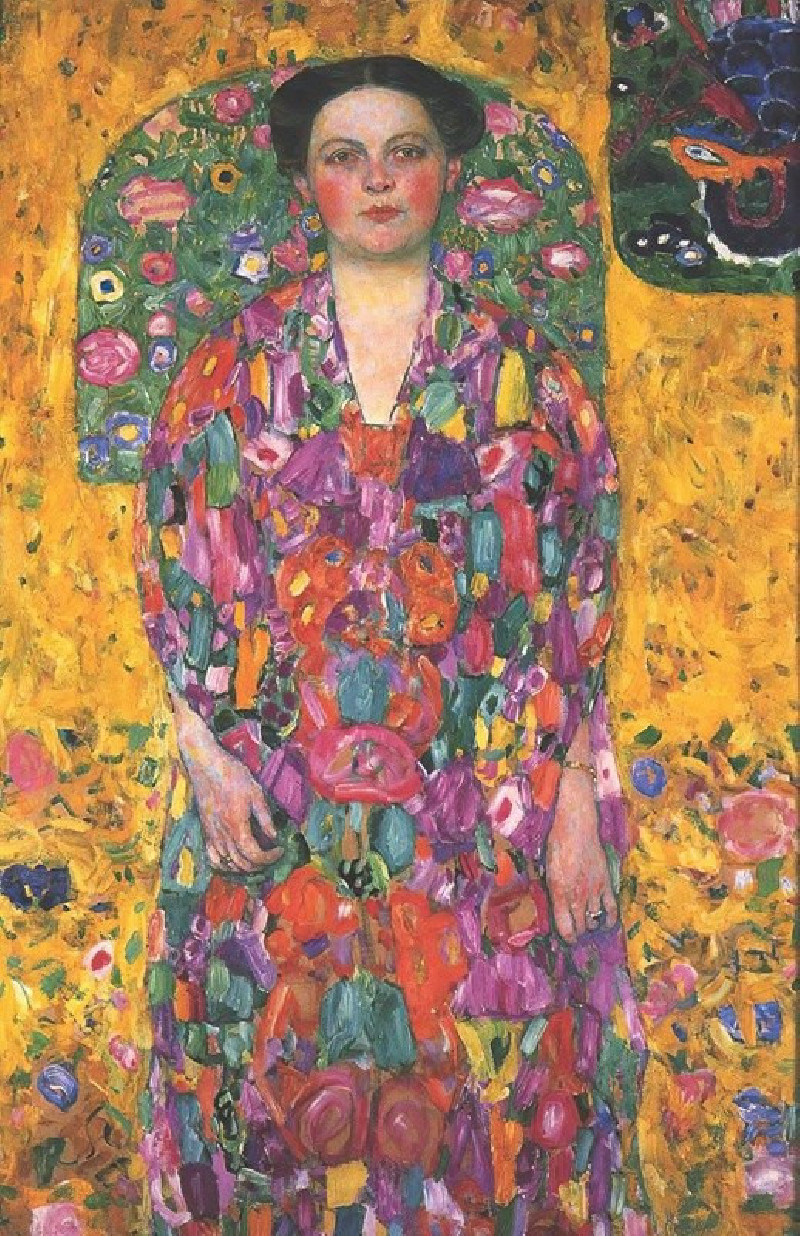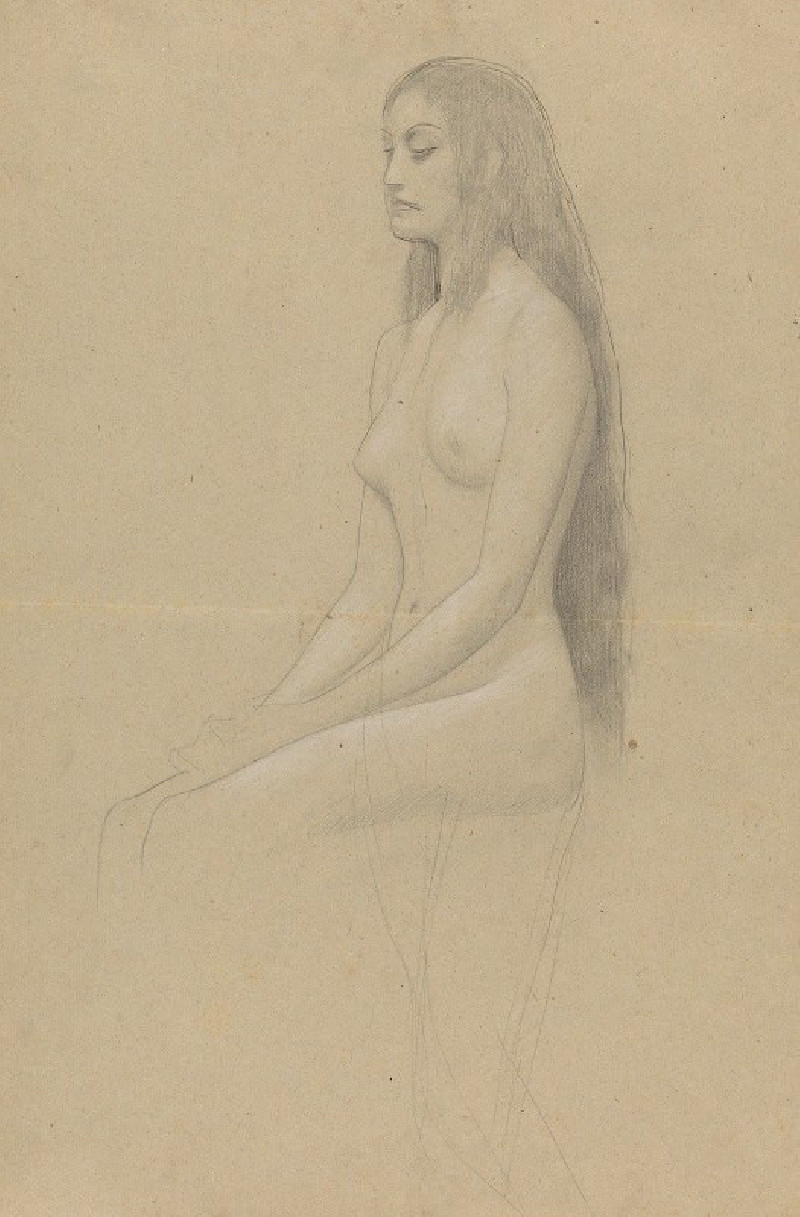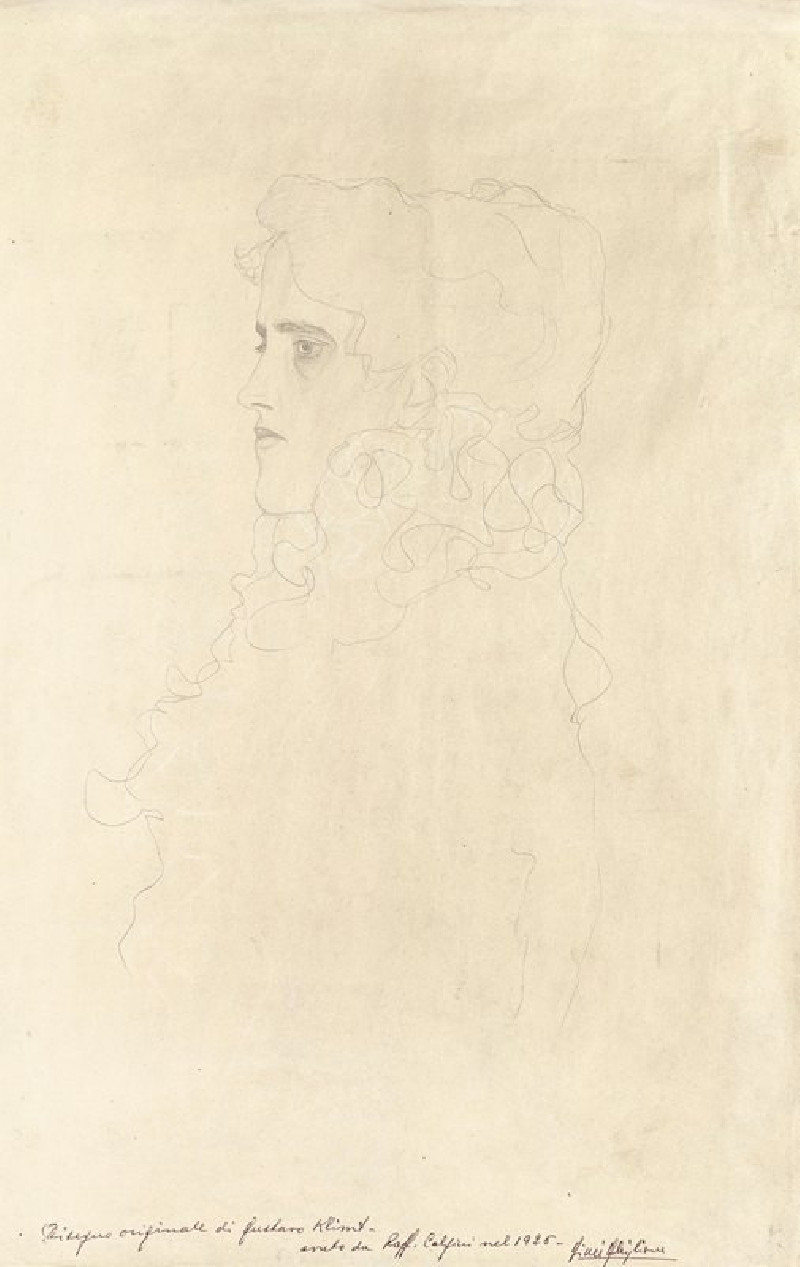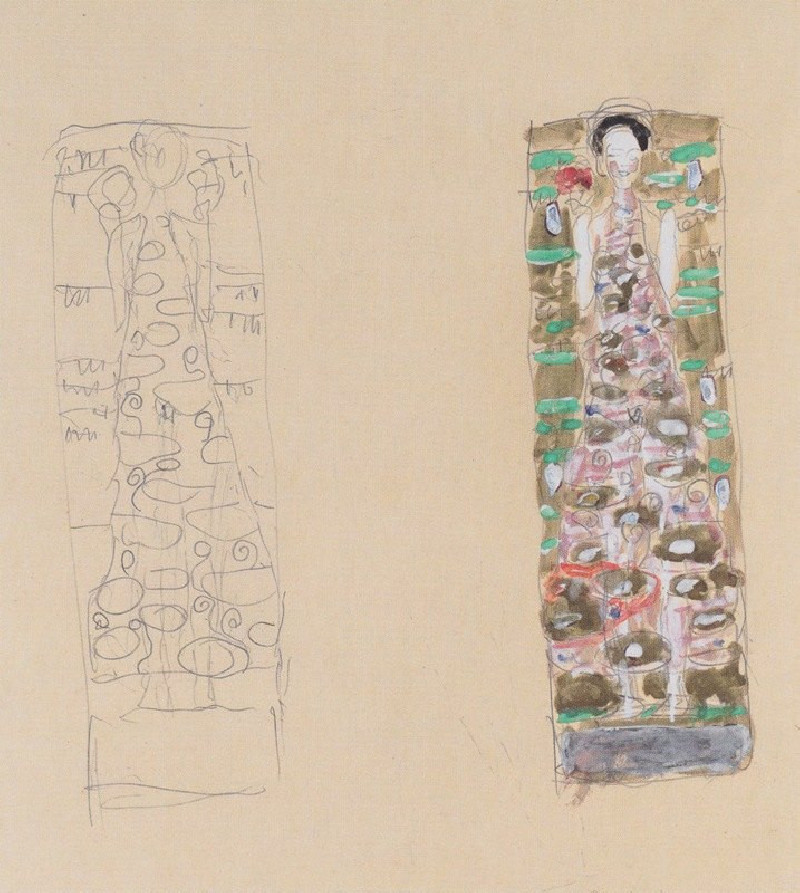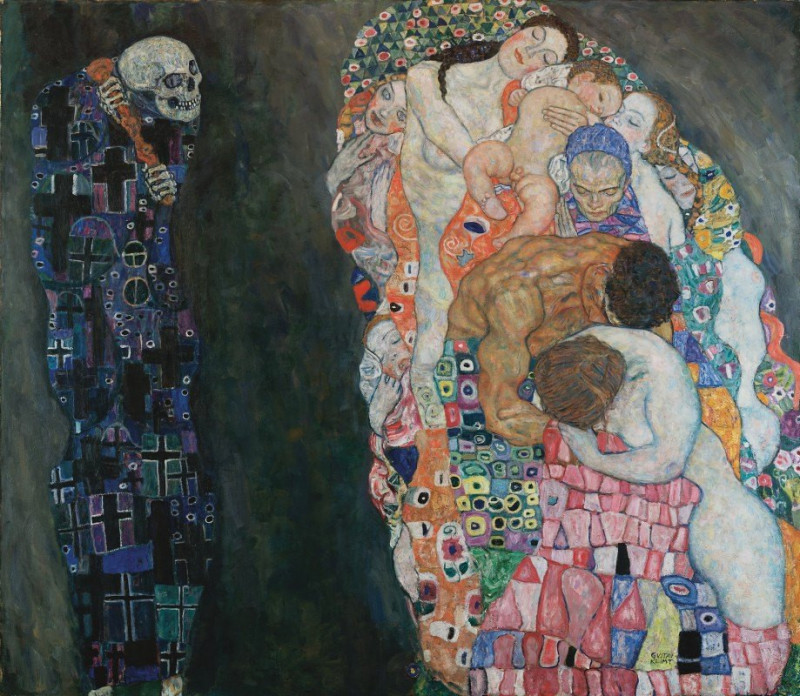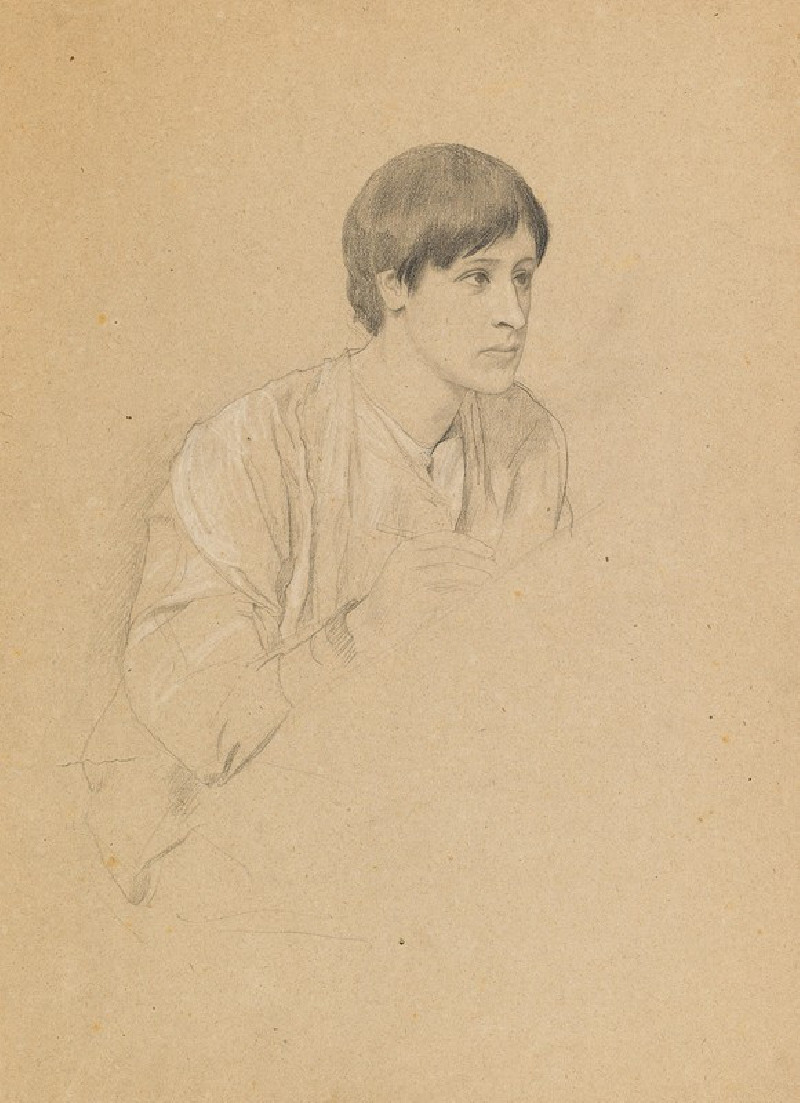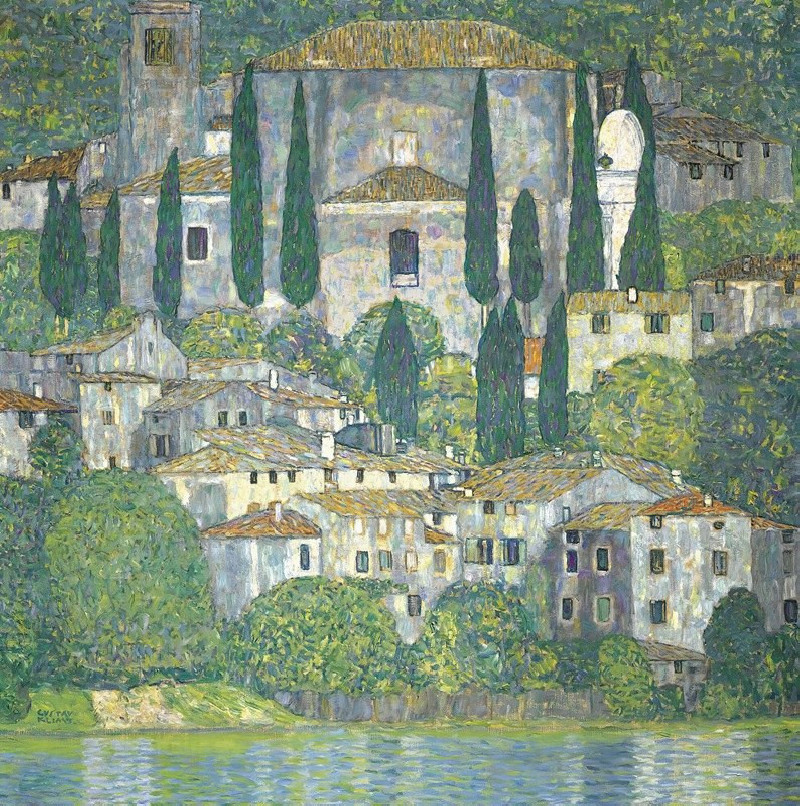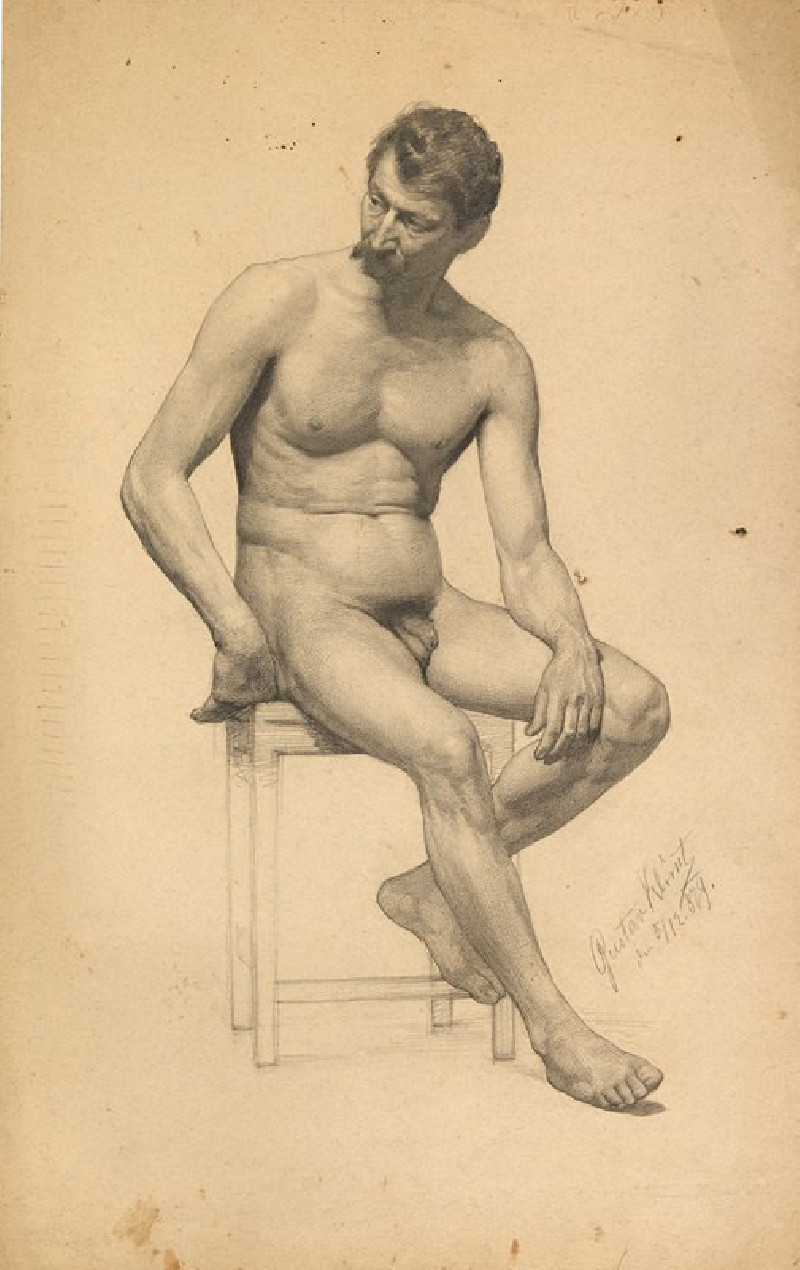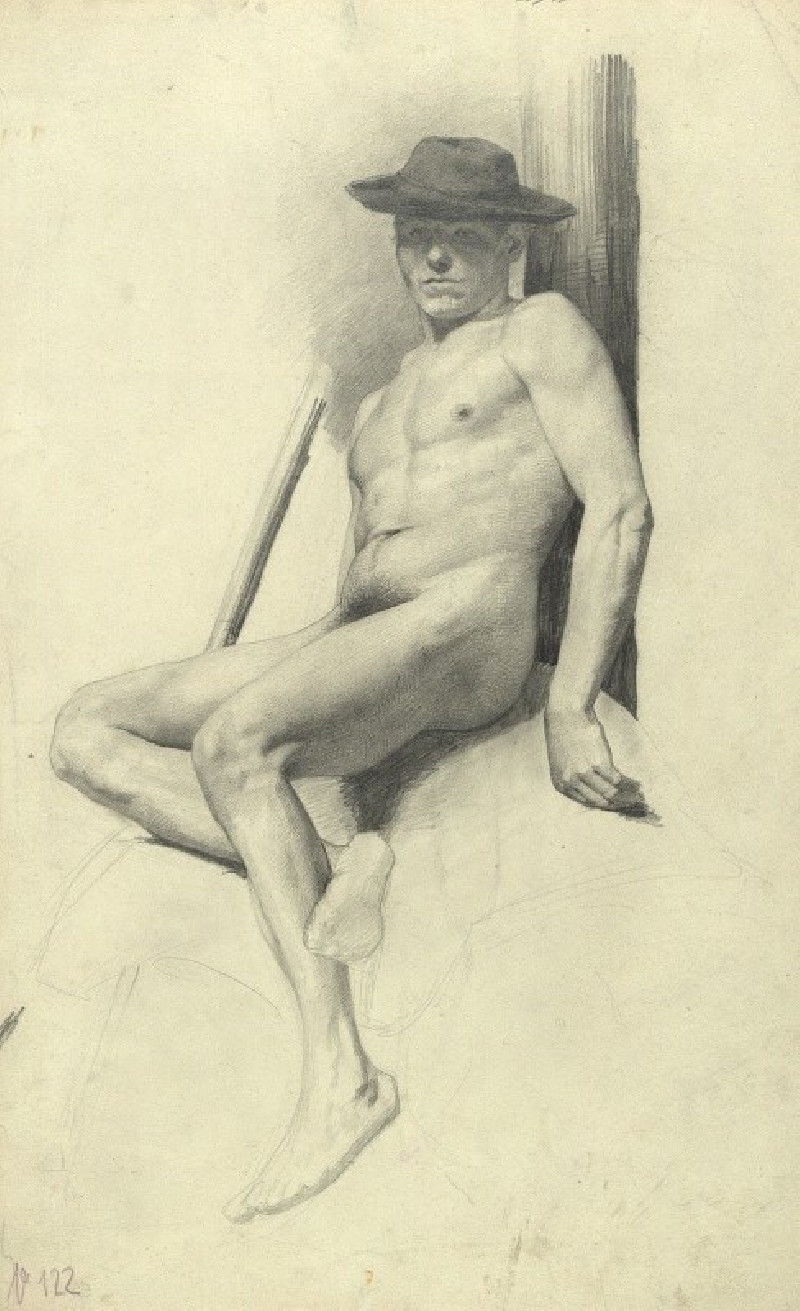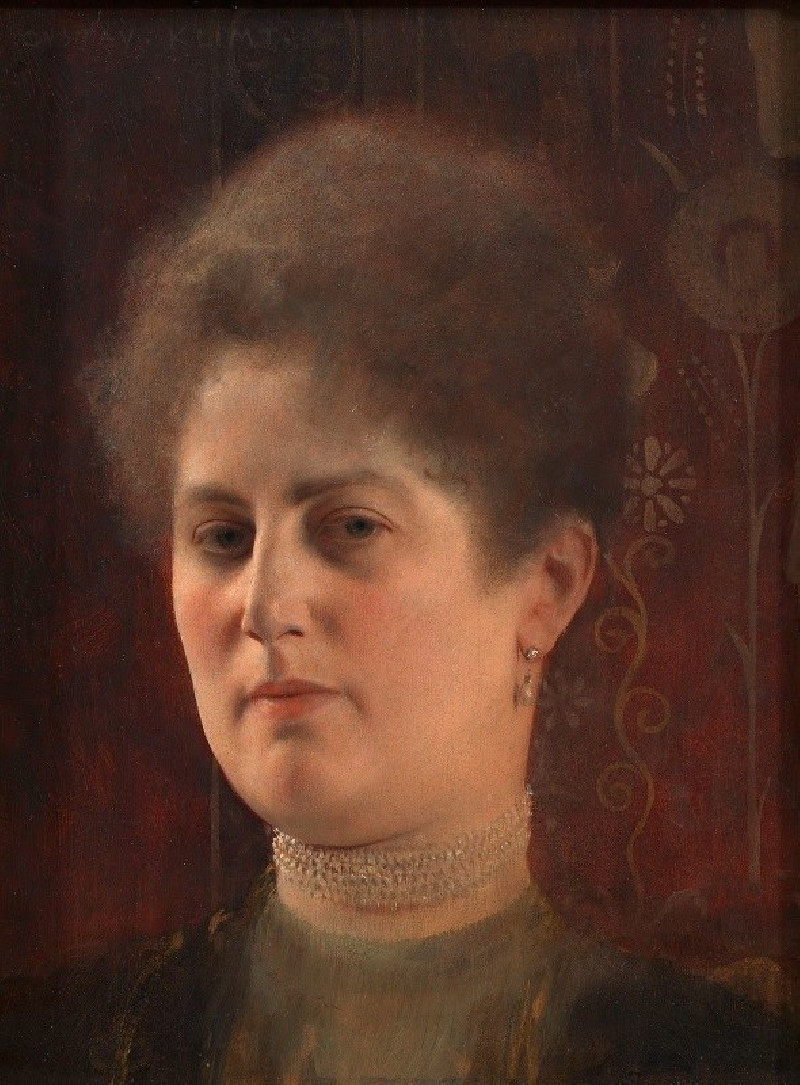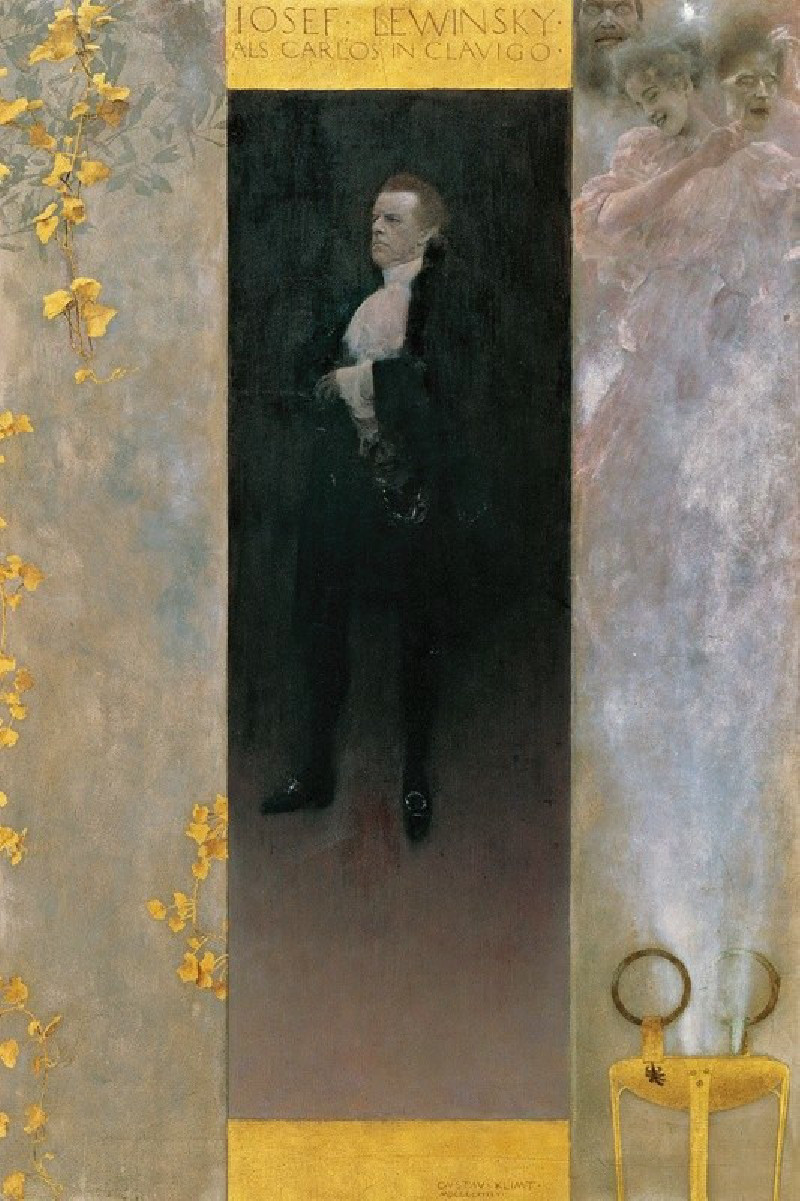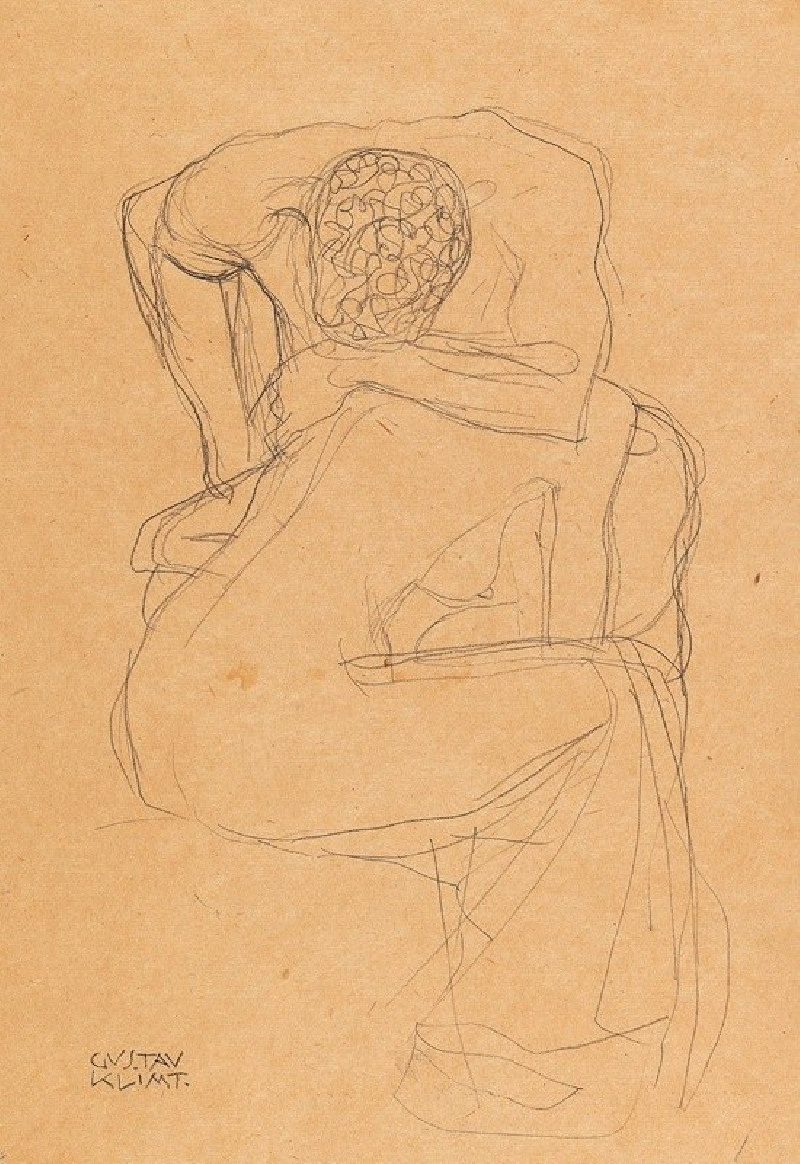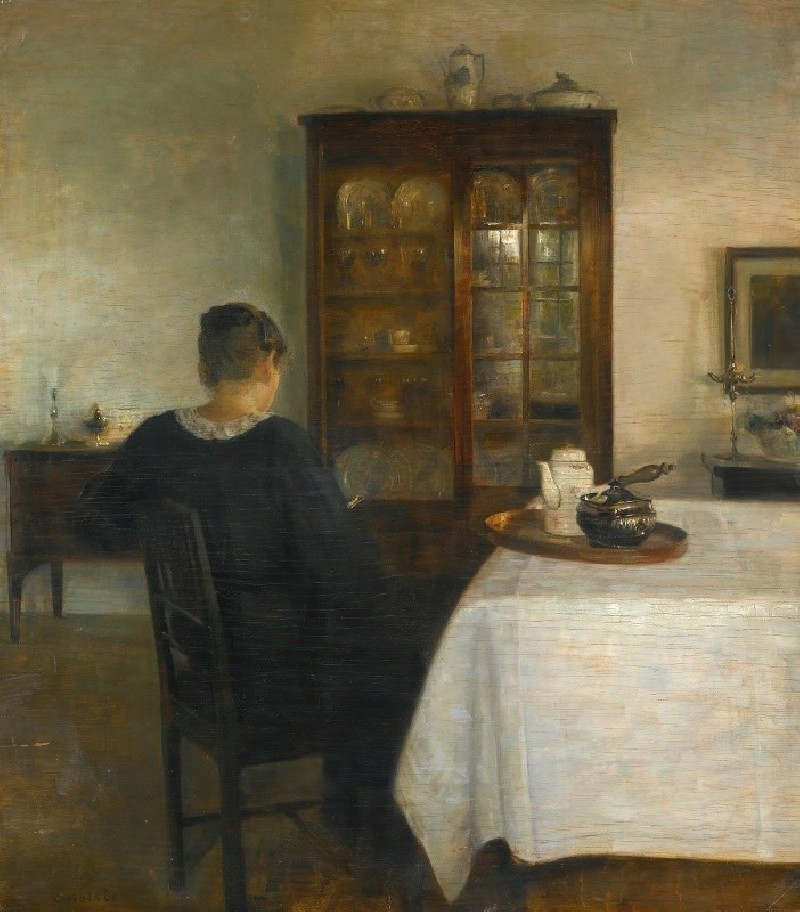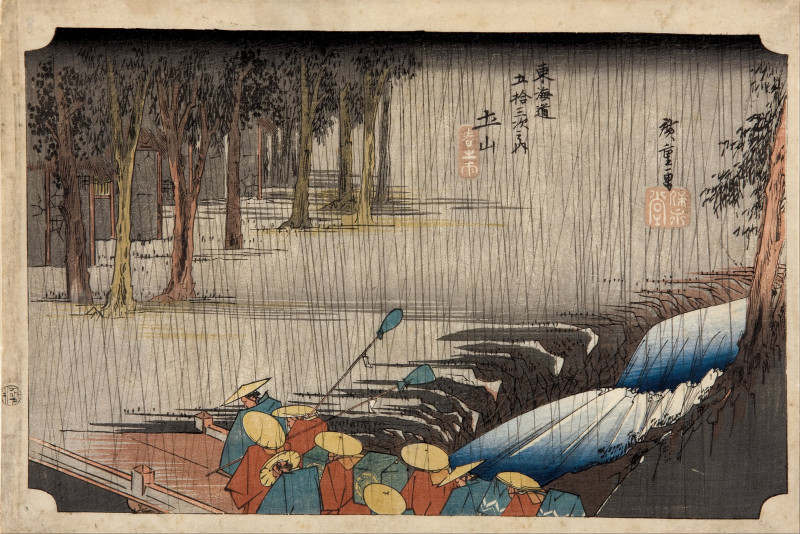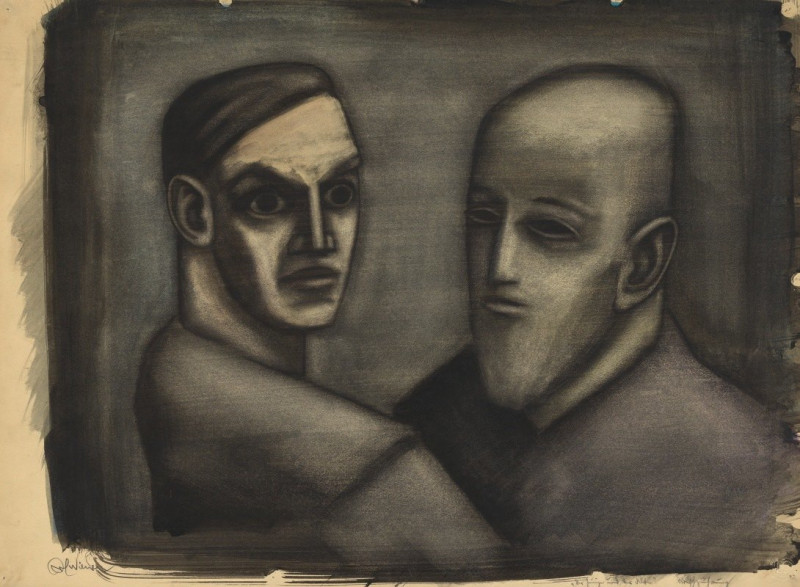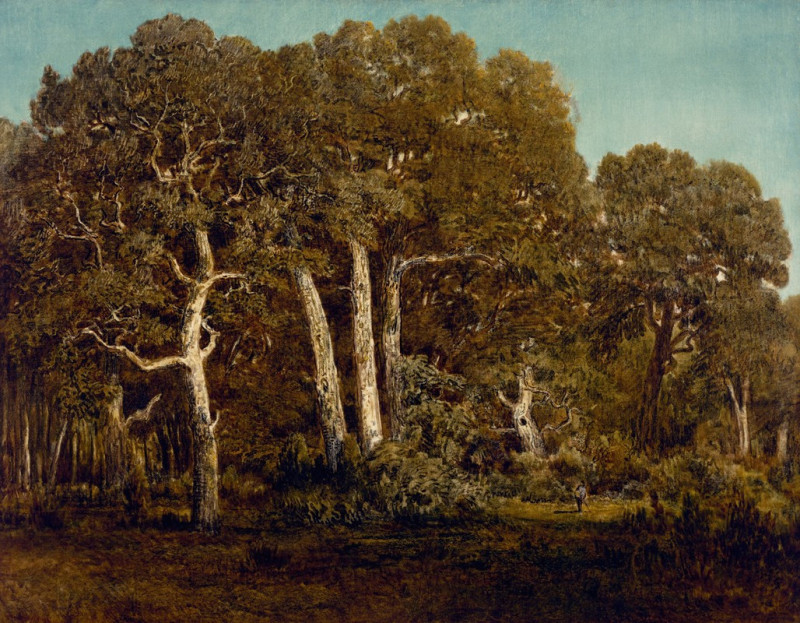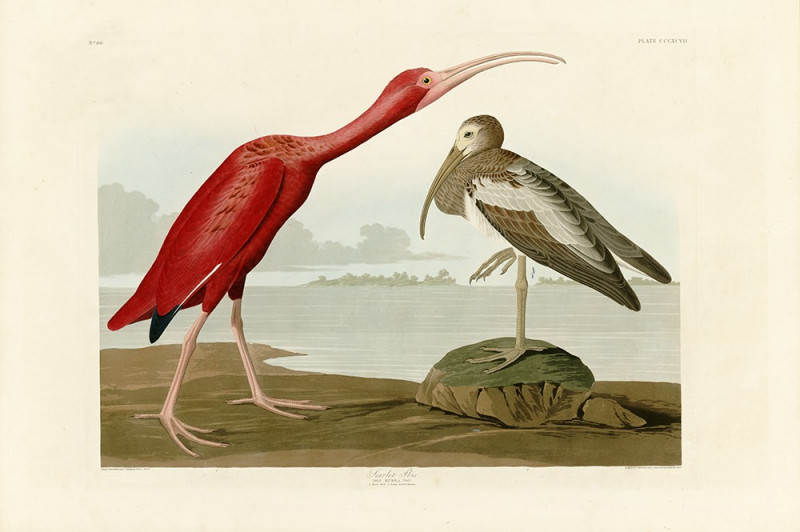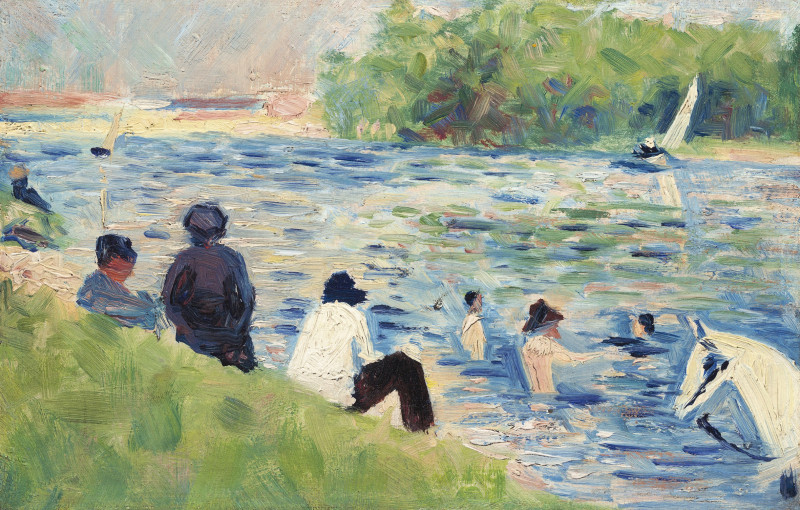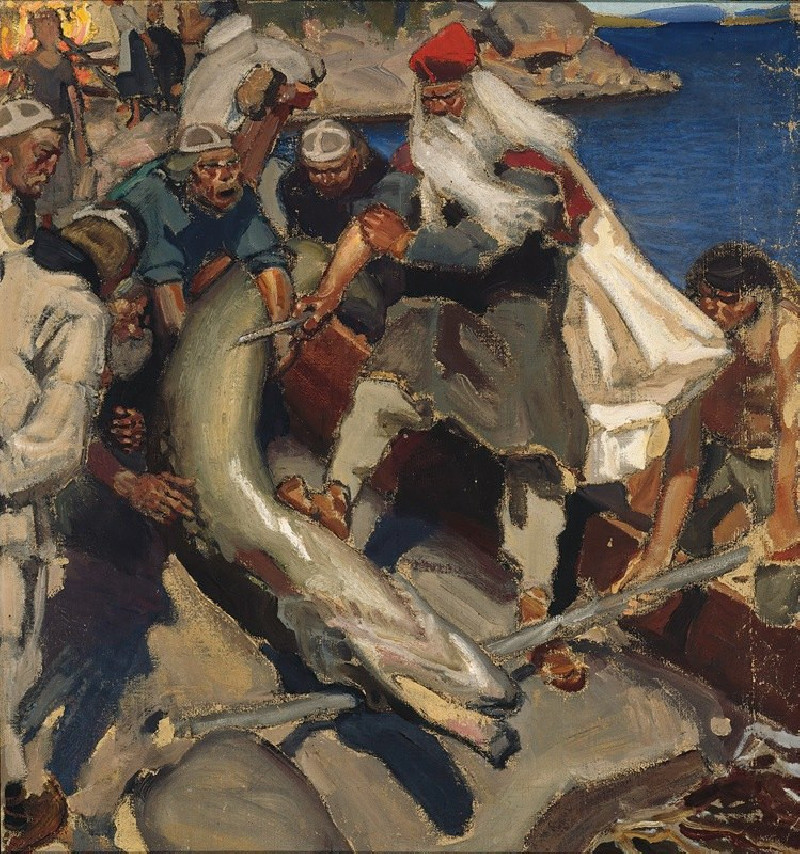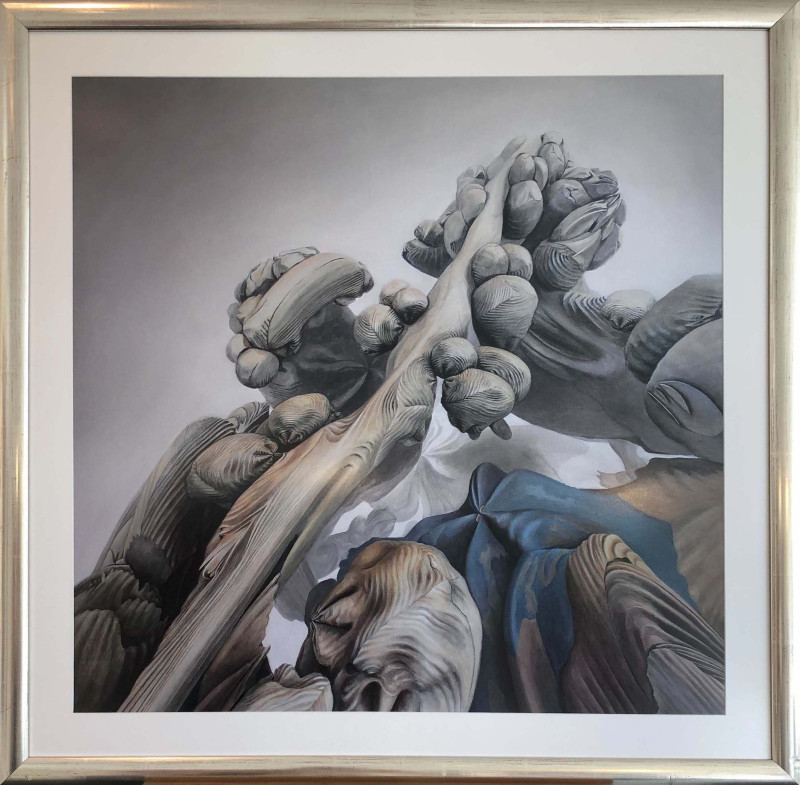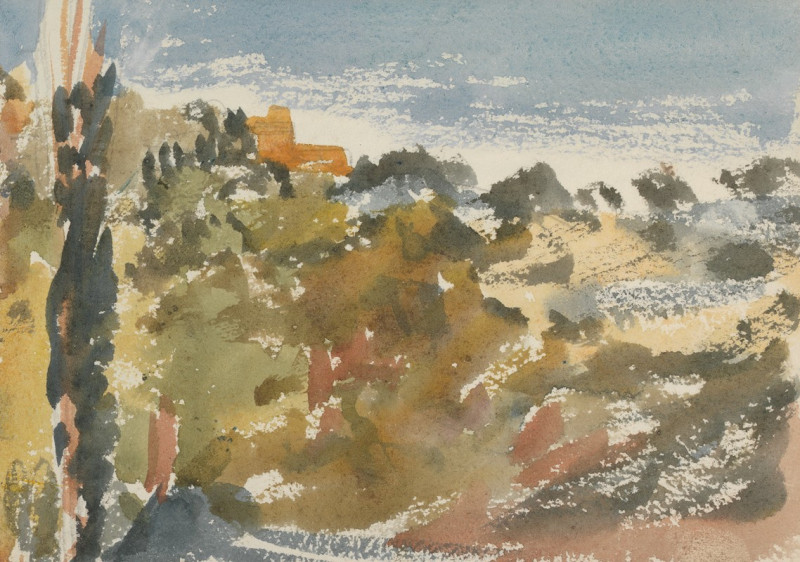Die Jugend
Technique: Giclée quality print
Recommended by our customers
More about this artwork
This piece, titled "Die Jugend" (The Youth) by Gustav Klimt, is an evocative testament to the artist's intricate style and rich symbolism. Created in 1894, the painting weaves together classical and romantic elements to explore themes of youth and the passage of time.The focal point of the composition is a strikingly ornate architectural frame that encapsulates the central images: a woman holding a child on the left, and a minstrel playing a lute on the right. The archway is decorated with floral motifs, cherubic figures, and classical sculptures, contributing to the overall sense of a timeless narrative canvas.On the left, the woman, adorned in a flowing dark robe with a solemn expression, represents maternal care and nurturing, timeless elements of youth. The child in her arms introduces innocence and the beginning of life's journey. On the opposite side, the young minstrel, dressed in traditional renaissance garb, serenades this scene. His presence adds a layer of romance and the celebration of youth through art and music.By placing these figures within such a decadent frame, Klimt not only highlights their importance but also suggests that the themes of youth, care, and artistic expression are eternal and sacred.
Delivery
Returns
Gustav Klimt (1862–1918) was one of the greatest Austrian symbolist painters of the Art Nouveau era. Renowned as one of the most prominent founding members, and as a president of the Vienna Art Nouveau movement (Vienna Secession). His works were mainly paintings, murals, and sketches. Marked by his numerous erotic drawings, Klimt's primary subject were female figures, and at one point his work was even criticized as pornographic. Klimt found financial success in his "Golden Phase" with decorative techniques and the prominent use of gold leaf in his paintings.

